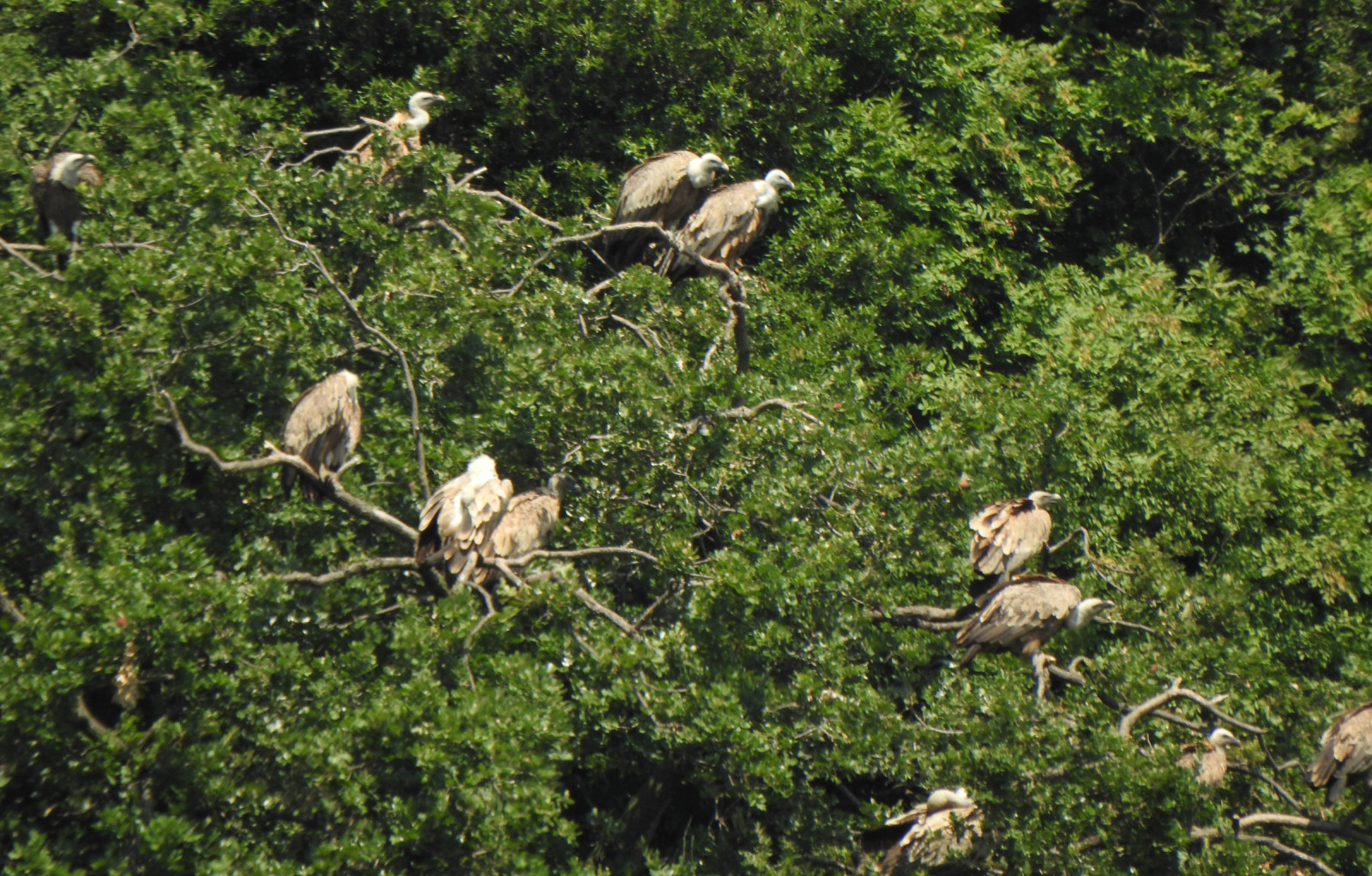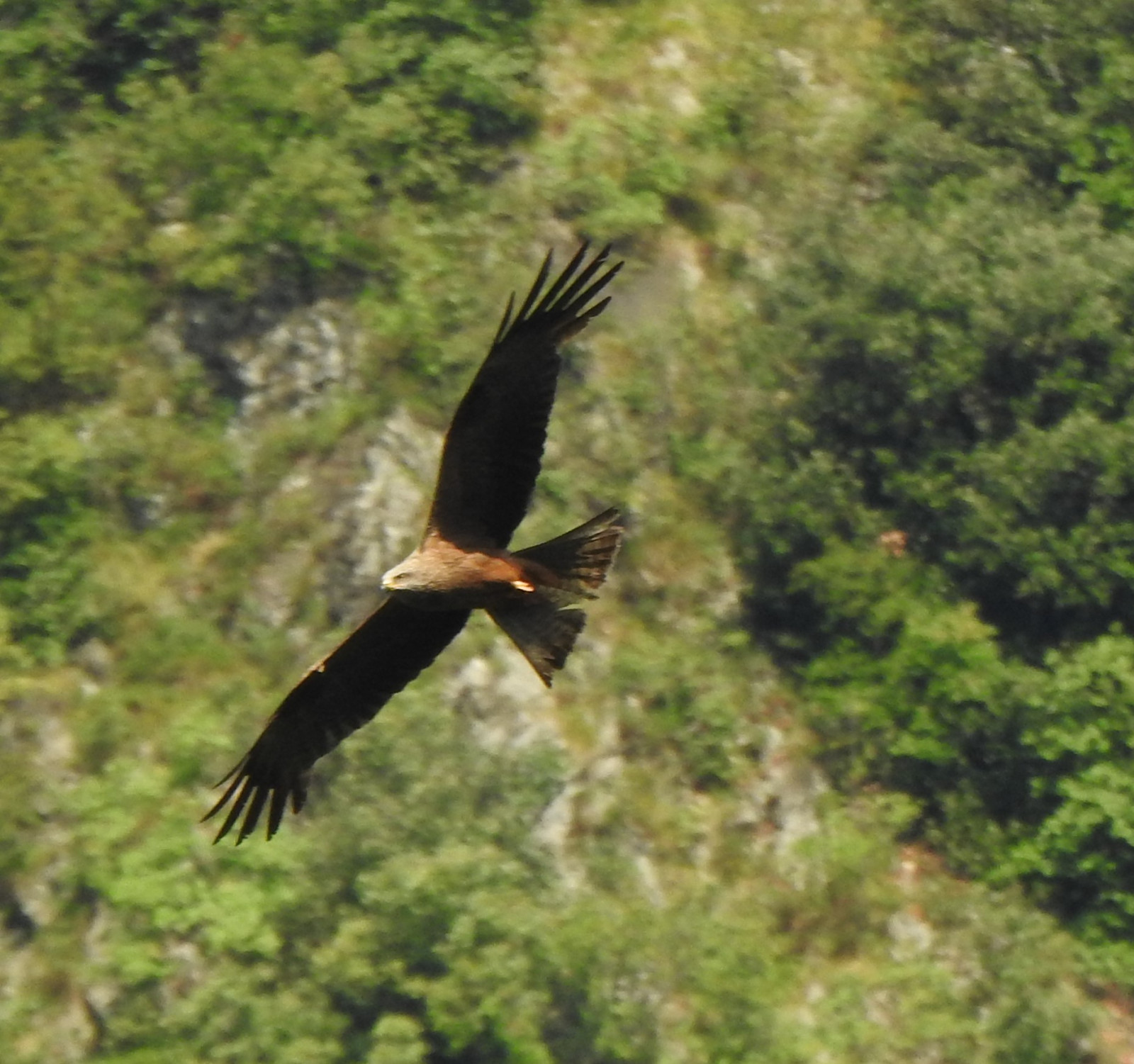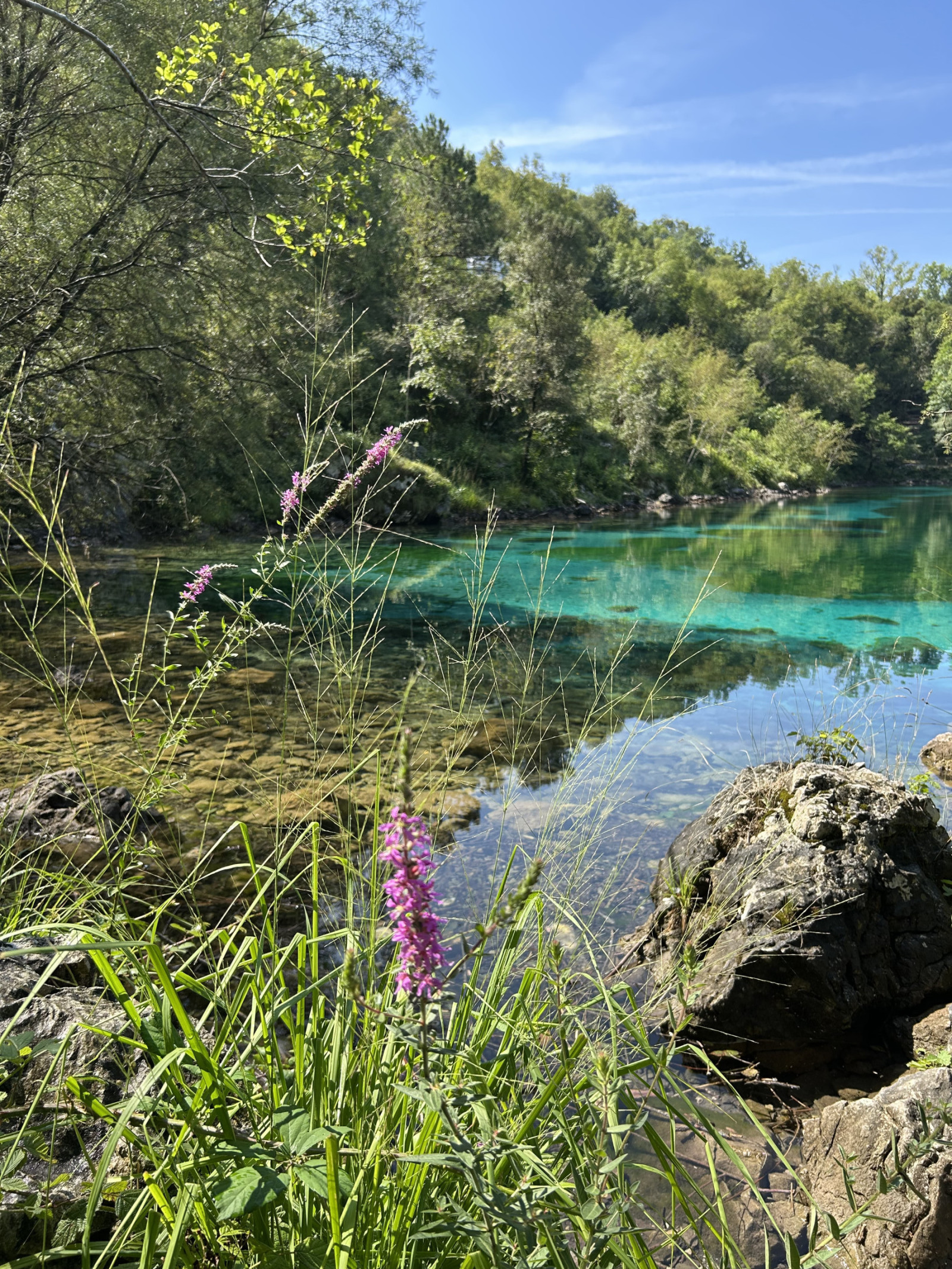Charger images
Les formats d'image autorisés sont de type jpeg, png ou gif
La taille maximale du fichier doit être de 20MB



The Regional Nature Reserve of Cornino Lake is running a project for the reintroduction of the Vautour fauve.
The Lago di Cornino reserve is named after Lake Cornino, a small lake of clear deep blue water, and borders the mighty Tagliamento River, the last “free” river in Europe. It was established in 1996 but the project of re-introducing Vautour fauve to the region dates back to the 1980s. At that time about 75 vultures were released and a feeding point was created. According to the reserve’s website, the colony currently has about 150 griffons in winter and over 200 in spring and summer, when individuals arrive from other Mediterranean countries, and about 30 pairs nest along the central section of the valley of the River Tagliamento. Other large birds that can be observed circling above the sheer rock walls or around the feeding station include Vautour percnoptère, Vautour moine, Aigle royal, Milan royal and Milan noir.
During spring and autumn migration one may also spot several less common birds of prey such as Circaète Jean-le-Blanc , Bondrée apivore , Balbuzard pêcheur, Busard Saint-Martin, Busard des roseaux, Busard cendré and Faucon kobez.
Other species commonly observed around the visitor centre and the lake include Fauvette à tête noire , Rossignol philomèle , Geai des chênes , Bruant fou and Pouillot de Bonelli. Grand-duc d'Europe, Chouette hulotte and Chevêche d'Athéna also inhabit the area.
Lago di Cornino is located 30 km north of Udine, near the village of Sompcornino. Best accessible by car. There is a small car park at the visitor centre. Press P on the map for directions to the car park.
The best view of the feeding station is from within the visitor centre and therefore only accessible at opening hours. There is also a small exhibition about the geography of the region and its fauna and flora at the visitor centre. A few captive birds are exhibited here, e.g. specimen of griffon vulture that could not be released.
Votre feedback sera transmis à l’auteur.rice de cette zone et à l’équipe éditoriale de Birdingplaces, qui l’utiliseront pour améliorer la qualité des informations. (Vous souhaitez publier un commentaire visible en bas de page ? Fermez cette fenêtre et choisissez l’Option 1 : « Publier un commentaire, un conseil ou une observation ».)
Veuillez fournir des suggestions d'améliorations ou d'ajouts au texte de ce site ornithologique.
Veuillez fournir vos suggestions d'améliorations ou d'ajouts à la carte.
Veuillez fournir des suggestions d'améliorations ou d'ajouts à la liste des oiseaux.
Cliquez sur l'icône de l'oiseau () Insérez les noms d'oiseau dans votre langue. Ils seront automatiquement traduits pour les autres usagers !